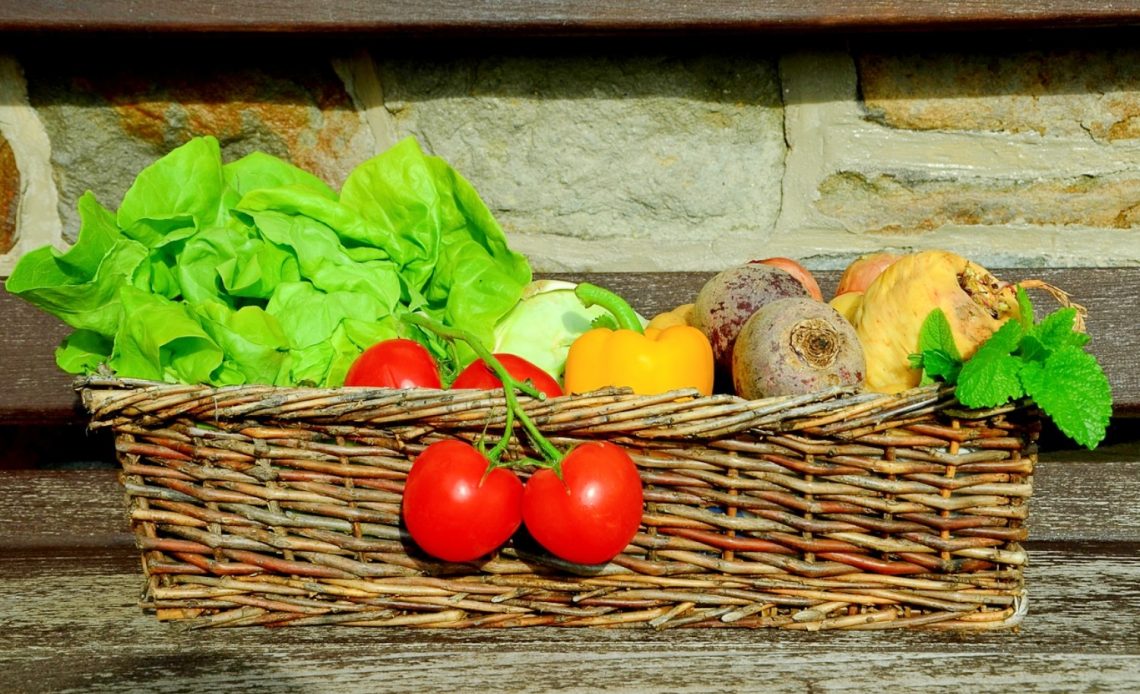

We’re here to help! Wild Yards is a completely free website that is 100% dedicated to helping you create a wildlife-friendly, sustainable yard. Read more
WildYards is reader-supported. When you buy a product through a link on our site, we may earn a comission. Every product is independently selected by our (obsessive) editors and our reviews are unbiased and objective. Read more about our mission or our privacy policy.
The prospect of growing your own food is exciting — at least, it is until you start to realize how much work is involved. Gardening is labor-intensive, and if you’re dedicated to growing your food organically, it can be even harder. But, organic gardening doesn’t have to be hard work. If you want to grow organic veggies and save time, too, then you’ve got to work smarter, not harder. By using the Ruth Stout method, you can save yourself time and back-breaking labor, and still have an abundant harvest of fresh fruits and vegetables grown entirely without chemicals.
The Ruth Stout method involves using natural materials, like twigs, lawn clippings, and old straw, to mulch your garden. This substrate turns into compost over time, providing your garden with long-lasting nutrition that naturally supports crop yield while improving your garden’s pest and disease resistance.
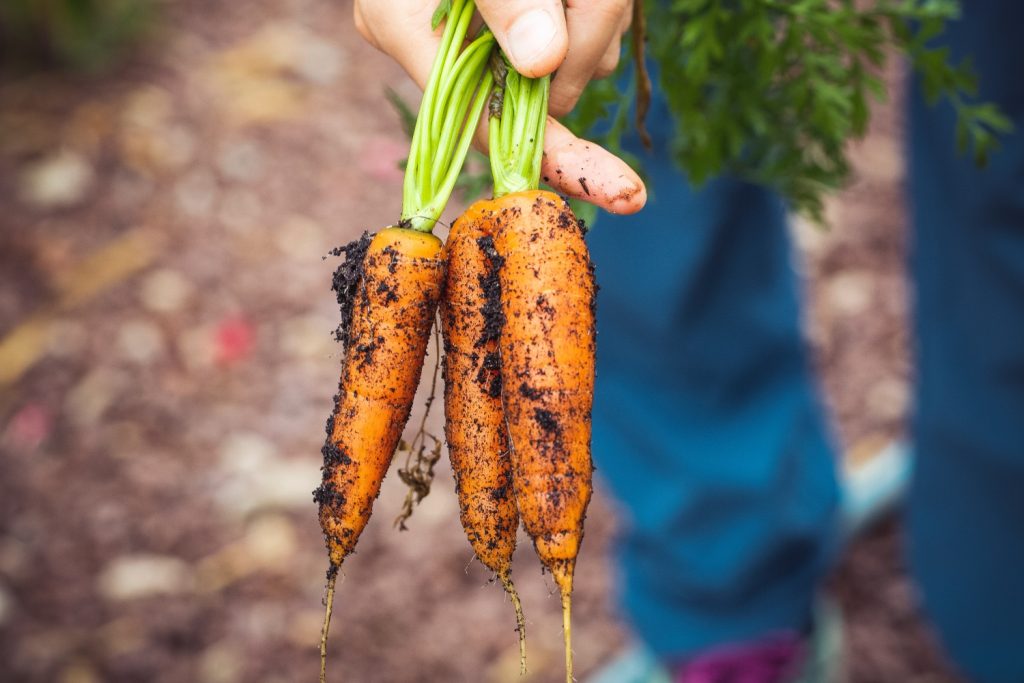
Who is Ruth Stout?
Born in 1884 in Kansas, Ruth Stout had several jobs during her young adulthood, working as a bookkeeper, factory worker, and business manager. At one point, she was even involved in a fake mind-reading act. But it wasn’t until she married and moved to a 55-acre farm in Redding, Connecticut that her mind turned to permaculture.
In the spring of 1930, Ruth Stout began gardening. But because she had to rely on a hired man to plow her garden for her, and because that hired man was often late in arriving to do his job, she lost valuable planting time. After 15 years of delays and traditional gardening methods that were too intensive for her to accomplish on her own, she started to experiment.
Ruth Stout discovered that by covering seeds in a layer of mulch at least 8 inches thick, gardens became largely self-sustaining. Using whatever materials were readily available (old straw, table scraps, twigs, etc.), gardeners could fertilize their gardens without chemicals, and save themselves time and labor in the process.
How does the Ruth Stout method work?
Ruth Stout pioneered the use of mulch in organic no-work gardening, which earned her the nickname “Mulch Queen”. But she certainly wasn’t the first to invent the concept of using lots of mulch to grow plants. Mother Nature did that.
Similar to hugelkultur, the Ruth Stout method relies on using heavy doses of locally sourced biodegradable materials to both nourish the plants in a garden, and prevent weeds from sprouting up. Using materials that are native to a region as mulch helps replenish lost nutrients in the soil, and laying those materials on thick helps smother weeds. Additionally, the thick mulch helps soil retain moisture, increasing the rate at which the materials break down, providing plants with steady doses of valuable vitamins and minerals.
Another benefit of the Ruth Stout method is that it enhances the plants’ disease resistance, first by providing them with the nutrients they need to survive, and second, by improving soil structure. Composted materials feed the healthy bacteria in the soil, which break down nutrients making them easier for plants to absorb. They also enhance disease resistance, making them less prone to diseases and insect infestations.
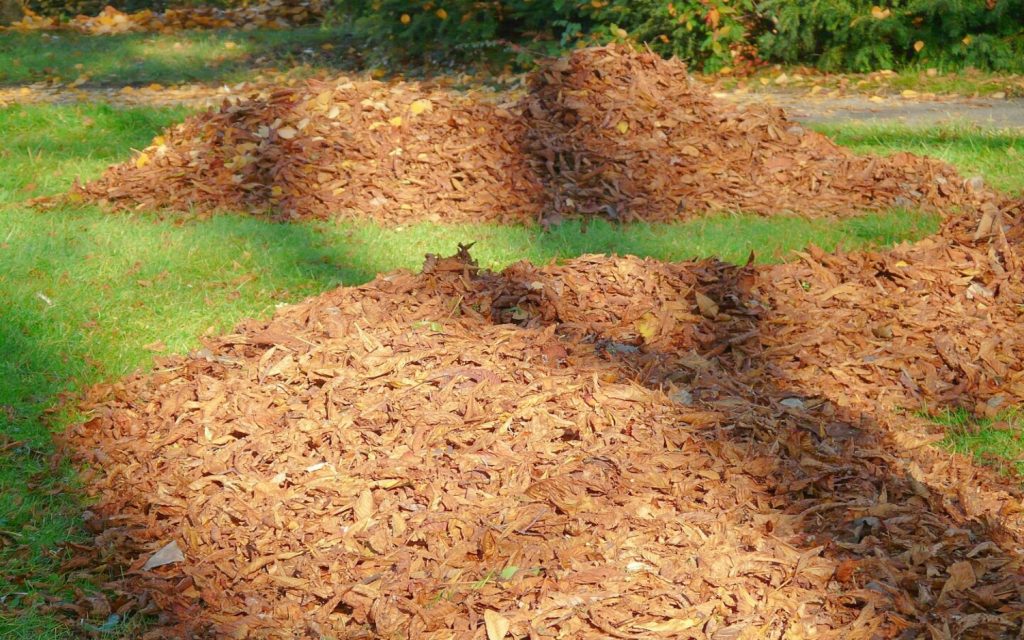
How can you use the Ruth Stout method in your garden?
You don’t have to be an expert gardener to use Ruth Stout’s organic gardening method. The process couldn’t be simpler. There is very little plowing, weeding, or watering involved, which makes Ruth Stout’s method ideal for anyone who wants fresh fruits and vegetables, but doesn’t have the time or desire to put in too much work. Here’s how the process works.
Choose a location and prepare the site
The Ruth Stout method is hassle-free in the long run. But you’ll still need to do some site work before you plant. Start by choosing the best location for your organic garden. The site should get plenty of sunlight. You should also be sure to pick a spot that’s on high ground, that way the soil won’t stay muddy.
It’s best to plan out your garden in late summer or fall. Use a plow or rototiller to turn the soil and get it ready for the growing season. Be sure to test the soil after tilling. Nutrient-poor soil, or soil that is prone to compaction, should be amended with aged manure. This will also help improve drainage so your plants won’t be sitting in water. Plowing is usually only necessary the first year, after which point, gardens using the Ruth Stout method become self-sustaining.
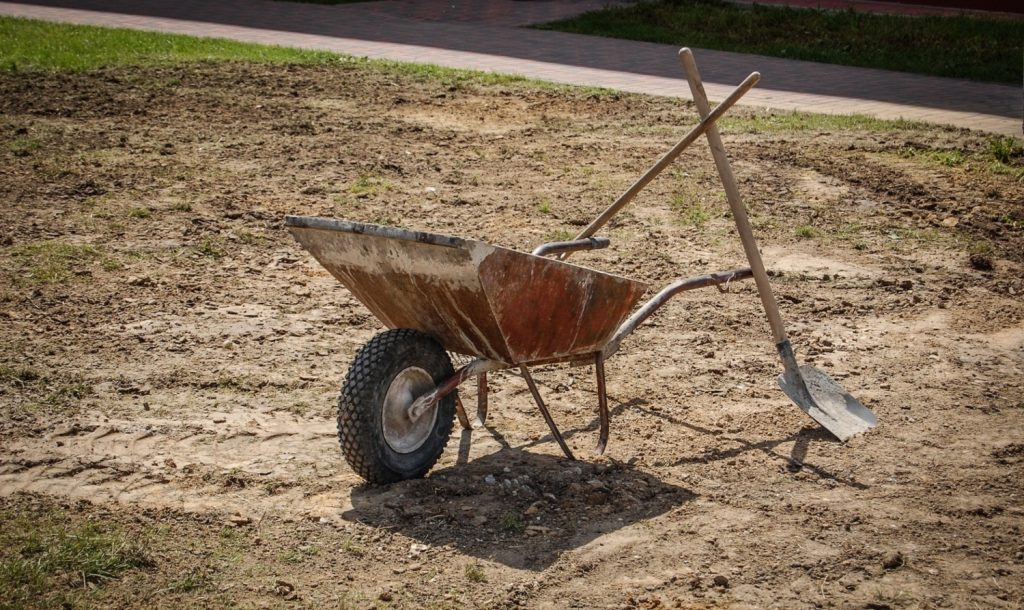
Plant your seeds
Next, arrange the layout of your plants. Keeping companion plants together, like tomatoes and basil, or radishes and peppers, can help support crop yield and ward off pests. So keep that in mind when planting. If you’re new to gardening and not sure where to start, check out our handy garden plan layouts to get started.
You can plant your seeds directly in the ground or start them inside 3 to 6 weeks before the last frost of the season, and transplant them once they’ve matured a bit. Don’t be afraid to experiment to see which works best for your garden.
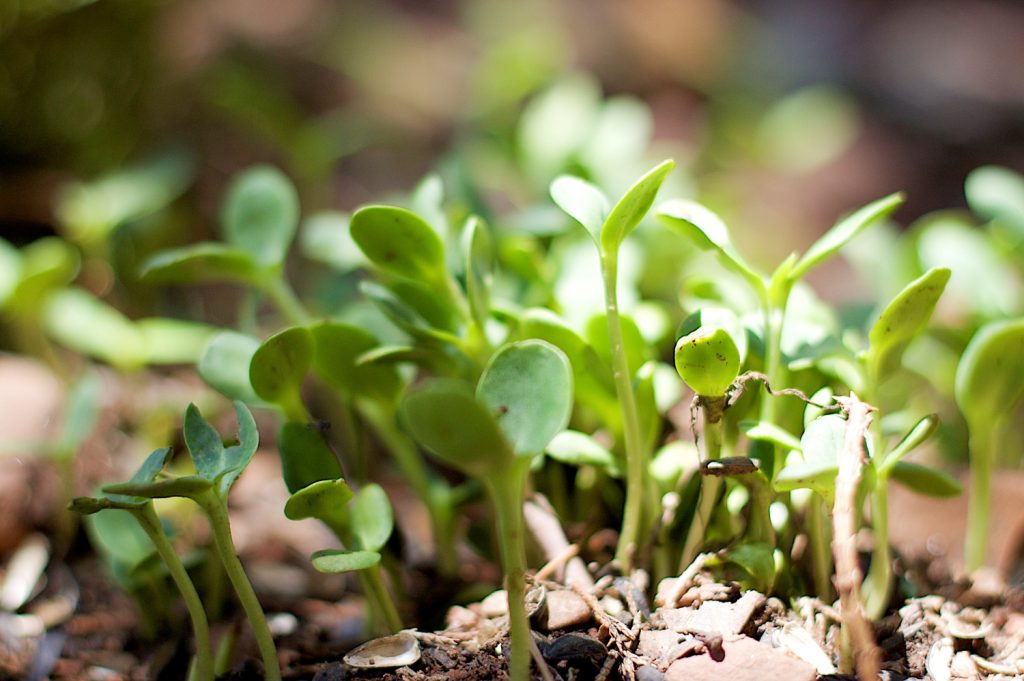
Cover the seeds with mulch
Once your seeds have been sown, or seedlings planted, cover the ground in a layer of mulch that is at least 8 inches thick. You can use any material that you have on hand or a mixture of materials. Shredded paper and cardboard, leaves and twigs, old straw, manure, table scraps, wood chips — basically any combination of green matter and/or brown matter that you might include in a compost bin.
Don’t be stingy when it comes to applying the mulch. Use it liberally. The mulch will settle over time as the materials degrade. A thick layer is needed to help the soil retain just the right amount of moisture, and to smother any weeds that may germinate.
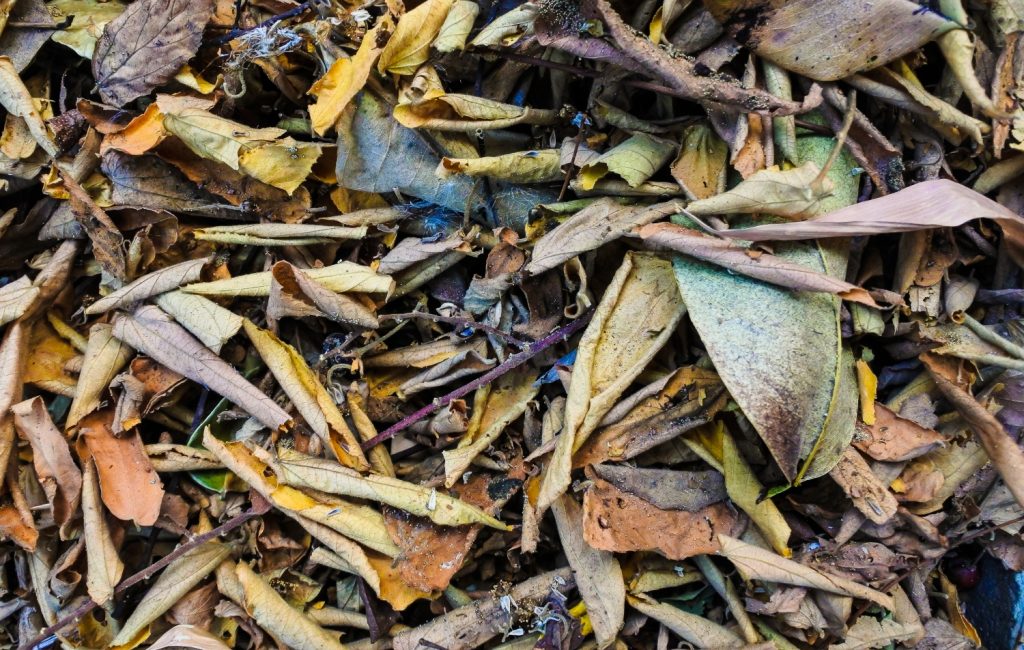
Fertilize the plants
Though not always necessary, you can fertilize your crops with Ruth Stout-approved cottonseed meal. This all-natural fertilizer adds nitrogen to the soil. Nitrogen is the most important nutrient for plants, as it supports healthy green foliage, which, in turn, enables plants to turn sunlight, water, carbon dioxide, and nutrients into plant food via photosynthesis. Fertilizing using cottonseed meal (or another nitrogen-rich organic food, like blood meal) allows your fruits and vegetables to grow big and strong, making it easier for them to snuff out weed competition.
Add more mulch
At the end of the season, once you’ve harvested your organically grown vegetables, it’s critical that you continue to apply mulch to your garden. While traditional gardening relies on cover crops to restore lost nutrients from the soil, Ruth Stout’s method simply allows the garden to rest during the off-season. This gives the extra mulch plenty of time to start biodegrading, so the soil is fertile for the next planting season. Old hay bales are ideal for mulching garden beds in between growing seasons since they’re easy to find and haul.
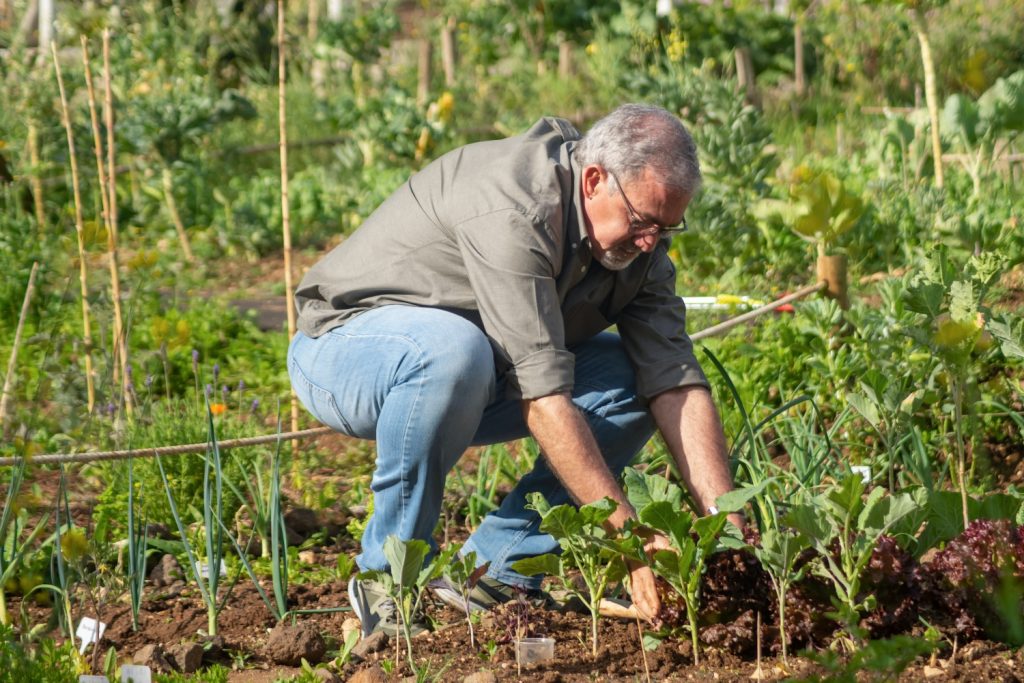
What are the benefits of the Ruth Stout method in your garden?
Now that you know what the Ruth Stout method is and how you can use it in your garden, let’s take a closer look at the many advantages that this style of gardening has to offer.
Hassle-free
Perhaps the biggest advantage of the Ruth Stout method is that it doesn’t require much effort. If your soil is particularly poor, then you may need to amend it during the first year. But after that, caring for your Ruth Stout organic garden is just a matter of applying more mulch as time goes by. The Ruth Stout method eliminates the need to weed, compost, or spray your beds down with fertilizers, herbicides, or insecticides. It’s about as low-maintenance as it gets.
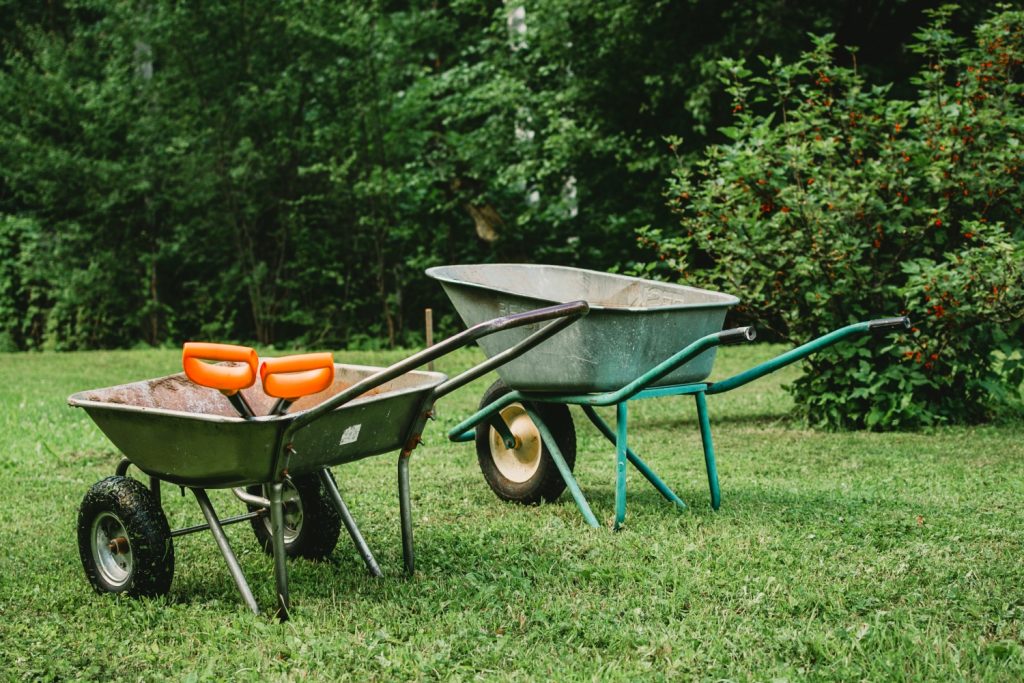
Inexpensive
Gardening can be a worthwhile endeavor. It can also be very expensive. Between the topsoil, the synthetic fertilizers, the plants, and the higher water bills, gardening can cost you so much money, you may begin to wonder if it wouldn’t be cheaper to just buy your produce from the grocery store. But the Ruth Stout method is inexpensive. Just purchase the seeds or seedlings, and whatever materials you may need to help mulch the soil, and that’s it. The Ruth Stout method is as easy on your wallet as it is on your back.
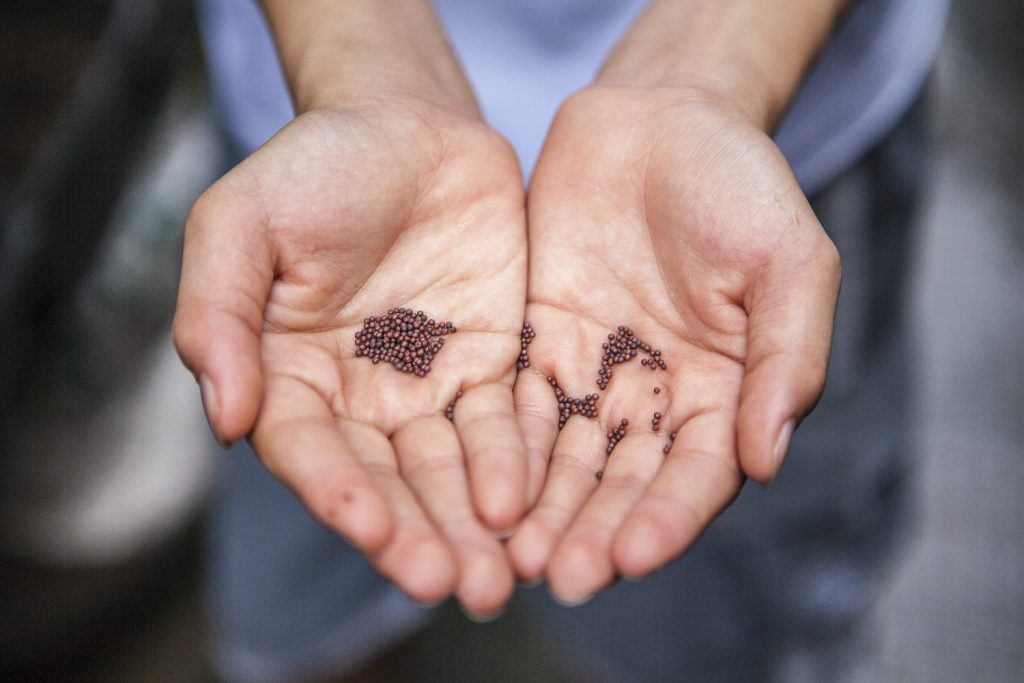
Uncomplicated
Gardening should be enjoyable. It shouldn’t feel like rocket science. The Ruth Stout method makes gardening simple. Just plant your seeds, mulch them well, and watch them grow. This method of organic farming is just as fulfilling for long-time gardeners as it is for newbies who are just getting started. Everybody can utilize Ruth Stout’s method because it helps maximize any garden’s chances of success.
Improves soil structure
One major advantage to adding layer upon layer of mulch to your garden is that, over time, it greatly improves the soil structure. Soils become loamier and the pH level moves closer to neutral, which is where most plants prefer it. Enhancing the soil structure also attracts the attention of earthworms, which add beneficial manure to the soil for your plants to enjoy.
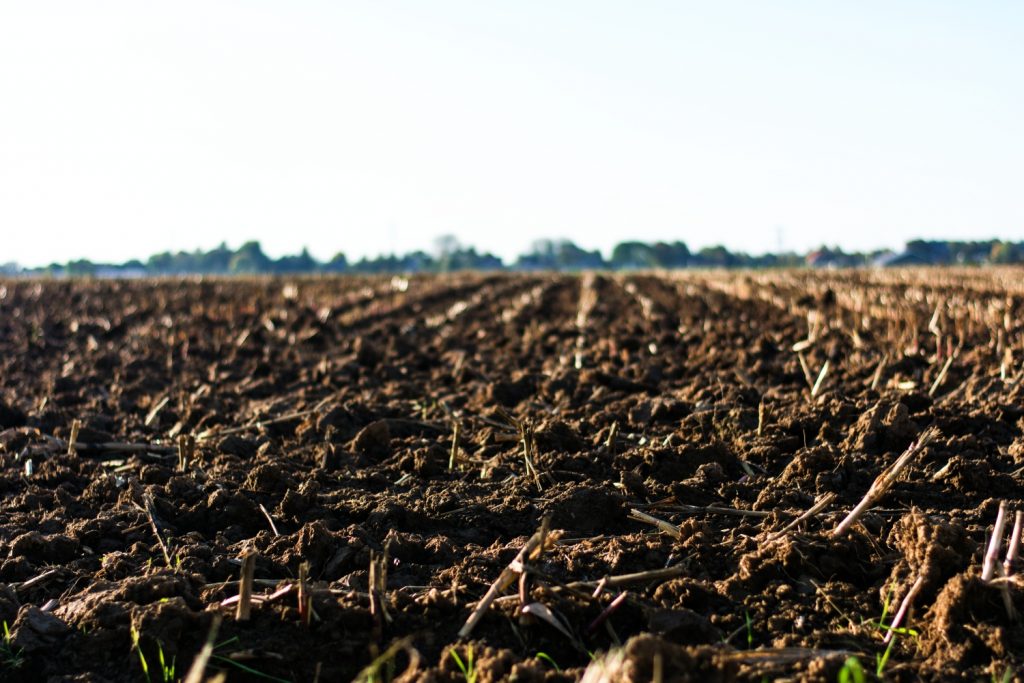
Reduces or eliminates the need to water
In many growing zones, the Ruth Stout method all but eliminates the need to water a garden. The thick layer of mulch is so effective at slowing the rate of evaporation that many gardeners only need to water their plants once or twice a season. Of course, if your growing zone is prone to dry spells, then you’ll still need to check the soil regularly to make sure your plants are getting enough water. But, overall, this gardening method cuts down significantly on time spent watering.
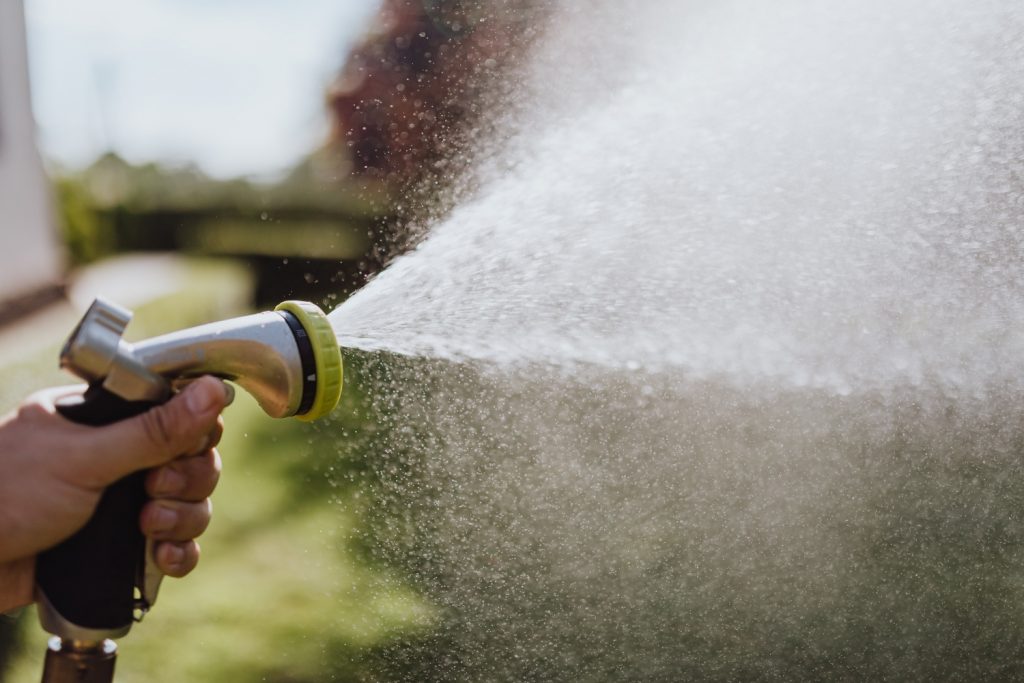
Are there any downsides to using the Ruth Stout method in your garden?
There’s no denying that the Ruth Stout method has plenty of benefits to offer. But, there are two sides to every coin. Let’s explore a few of the disadvantages of the Ruth Stout method so you can determine whether or not it’s right for you.
Visually unappealing
Let’s face it, a huge vegetable patch covered in old hay and decaying plant matter doesn’t look as nice as circular garden plans or metal raised garden beds. If you’d prefer to grow a garden that looks nice and adds some curb appeal to your yard, then the Ruth Stout method may not be for you. Ruth Stout’s method is designed for practical purposes, not aesthetic ones.
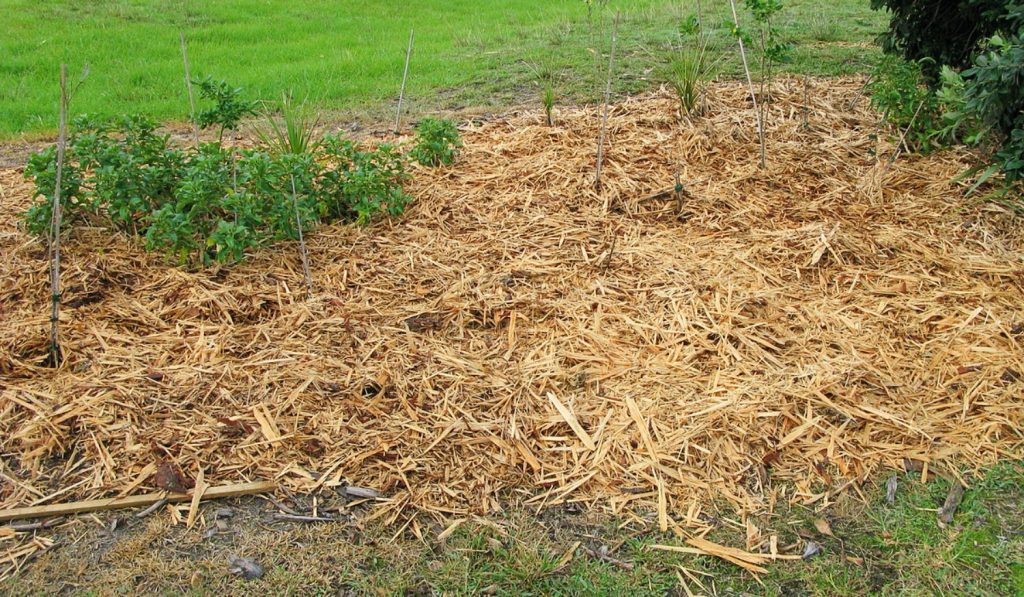
Can be harder for seeds to sprout
That thick layer of mulch helps prevent weeds from sprouting, but it can also stop garden plants from germinating. Seeds need plenty of light to sprout. You may find it difficult to get your seeds to grow if you sow them directly in your garden with the Ruth Stout method. Of course, this obstacle is easy enough to overcome. Just start your seeds indoors ahead of time and transplant them to your garden when they’re ready. But if you’re not good at planning or if you simply don’t want to fuss with transplanting a bunch of seedlings, then you may need to consider alternative organic gardening methods.
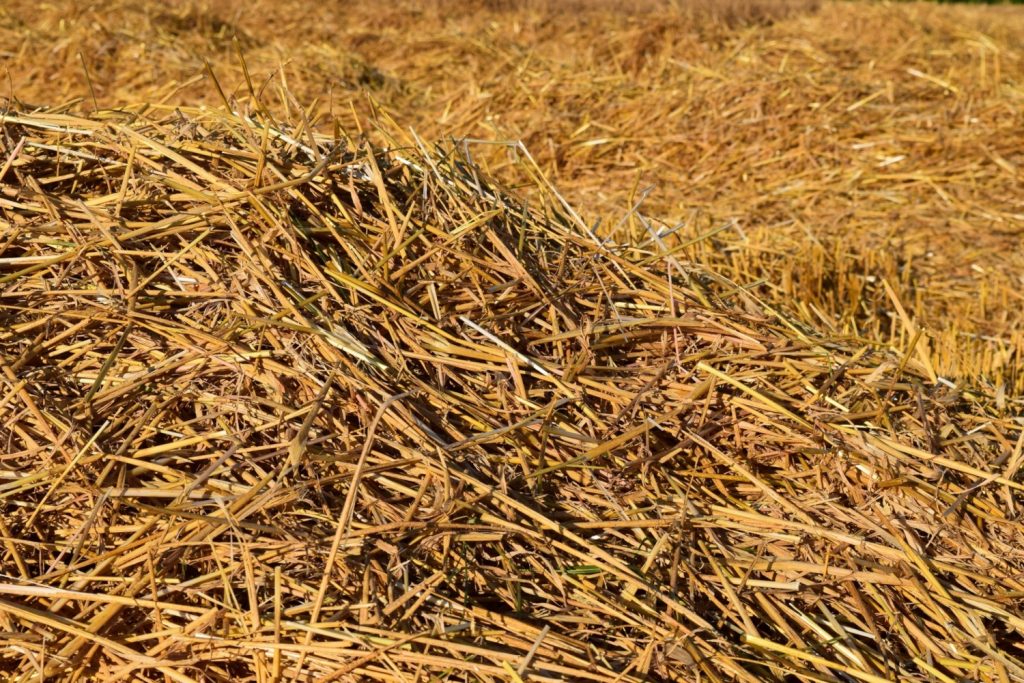
Limited planting options
While the Ruth Stout method creates an ideal environment for many garden favorites, including watermelons, cucumbers, and pumpkins, there are some plants that don’t appreciate such nutrient-rich, moist growing conditions. Drought-loving culinary herbs, like lavender and rosemary, are ill-suited to the Ruth Stout method. Other garden plants, like sweet potatoes and okra, also prefer drier soil than the Ruth Stout method can provide.
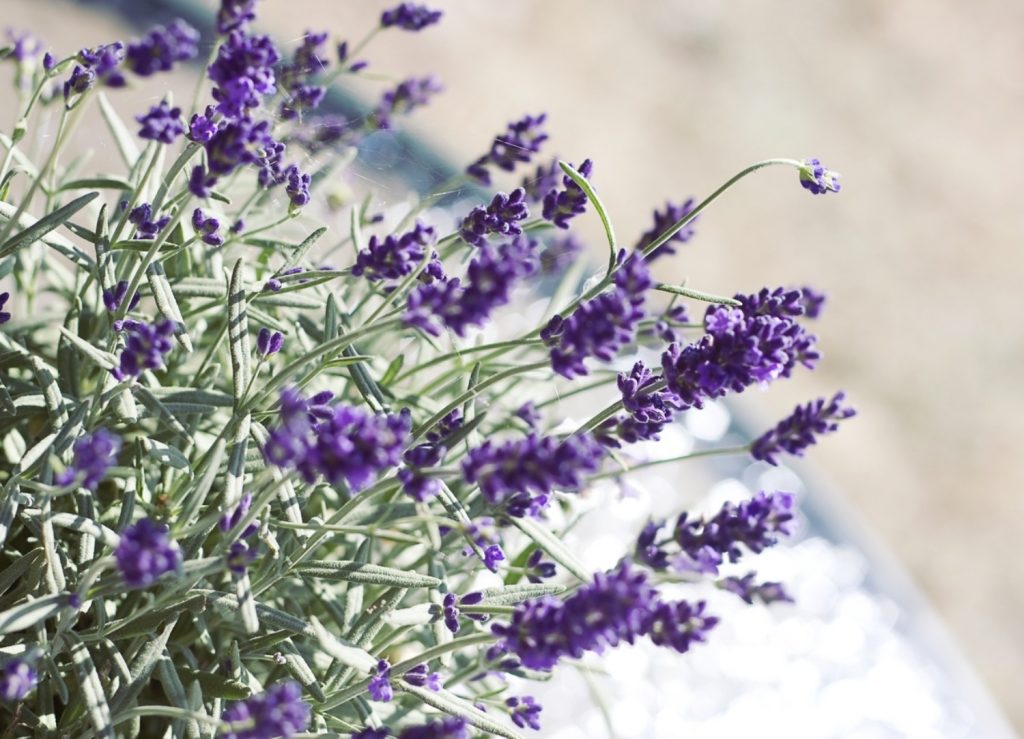
Tips for success with the Ruth Stout method
Although the Ruth Stout method is easy enough to follow, there are a few things that you need to keep in mind to ensure you employ the method successfully.
Avoid using synthetic or dyed mulch
The Ruth Stout method relies on biodegradable mulch. Garden plants benefit from the added nutrients that these organic materials provide, so avoid using synthetic mulches, like rubber mulch. You should also avoid using mulches that contain dyes. Many wood chip mulches are dyed to provide flower beds with a more manicured appearance. Although wood chips are a viable option for your Ruth Stout garden, make sure they’re organic and free of any chemical dyes that could damage your soil.
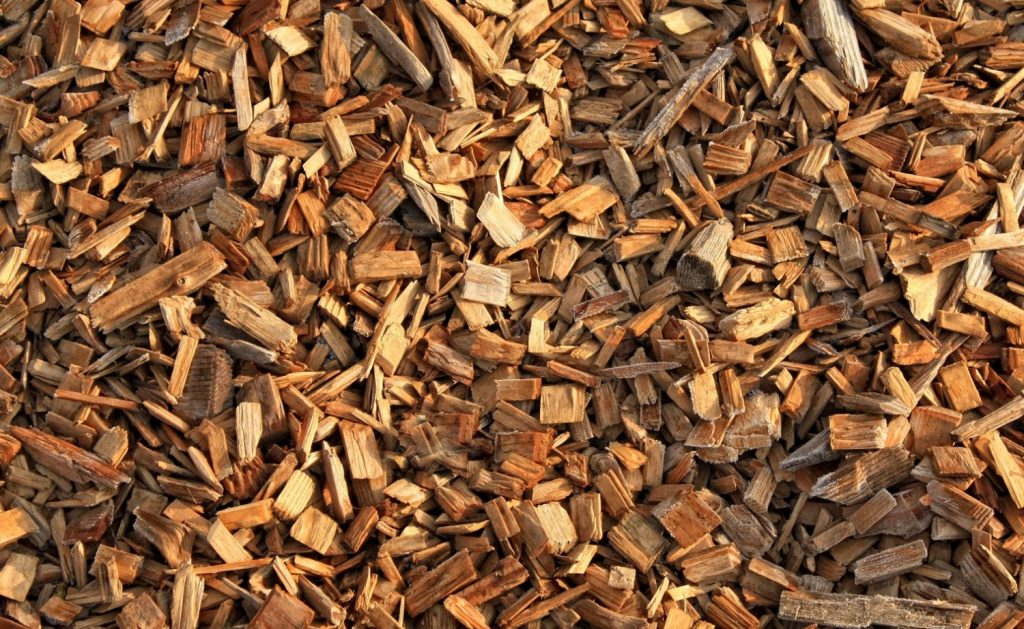
Water the plants deeply
To be sure, the Ruth Stout method dramatically reduces the need to water your garden. In most cases, annual rainfall is enough to fulfill your garden’s moisture needs. But if your region is going through a drought, and you find the need to water your garden, water it deeply. That thick layer of mulch can act like a sponge. So much so that it may absorb all of the water from a light watering, preventing your garden plants from getting the hydration they need. So be sure to water your plants thoroughly with a garden hose to help them stay moist. Be sure to water your plants at the base to prevent fungus, and always water your plants in the morning. This gives the excess moisture plenty of time to dry up before nightfall.

Aerate the soil
Although the Ruth Stout method can save you time and labor, it can compact your soil over time. This has a negative impact on plants, as soil compaction reduces their ability to take root and absorb oxygen, water, and nutrients from the soil. To prevent your plants from suffocating, aerate the soil by going over it with a weed fork or hoe. Doing this during the off-season helps keep the soil porous so water and air can easily reach your plants’ roots.
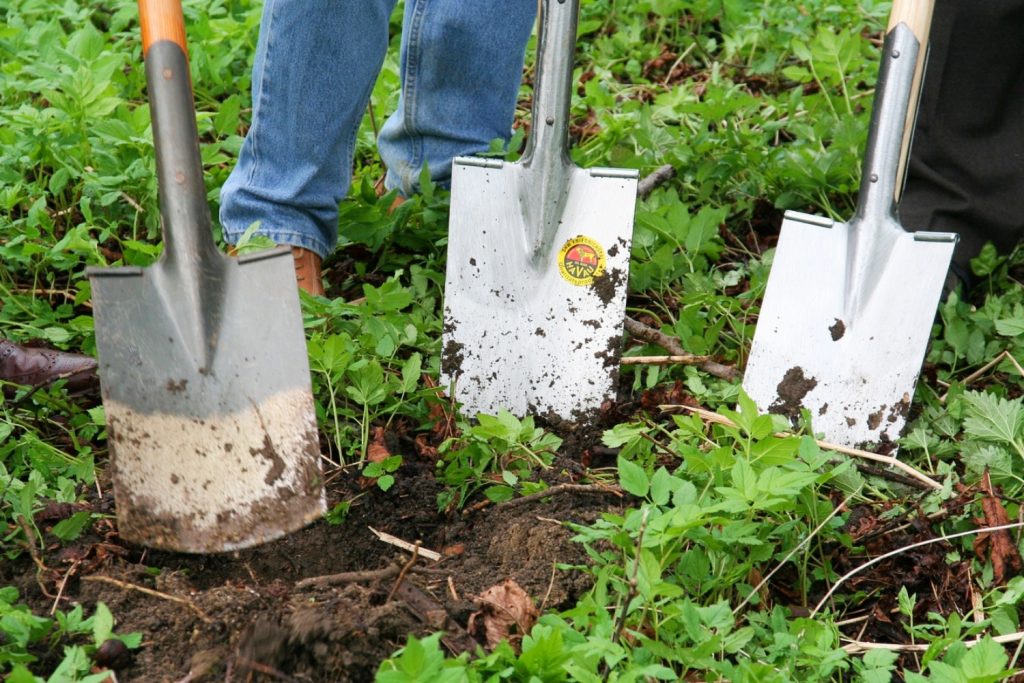
Test the soil
The Ruth Stout method helps keep soil nutrient-dense, which dramatically improves the quality of the crops you grow. However, if you rely on one source of mulch for an extended period of time, this can lead to nutritional imbalances in the soil. So, as with any gardening method, conventional, organic, or otherwise, you should test your soil before the start of the growing season. This will help you determine which, if any, natural fertilizers you should use to balance the soil’s vitamin and mineral levels.
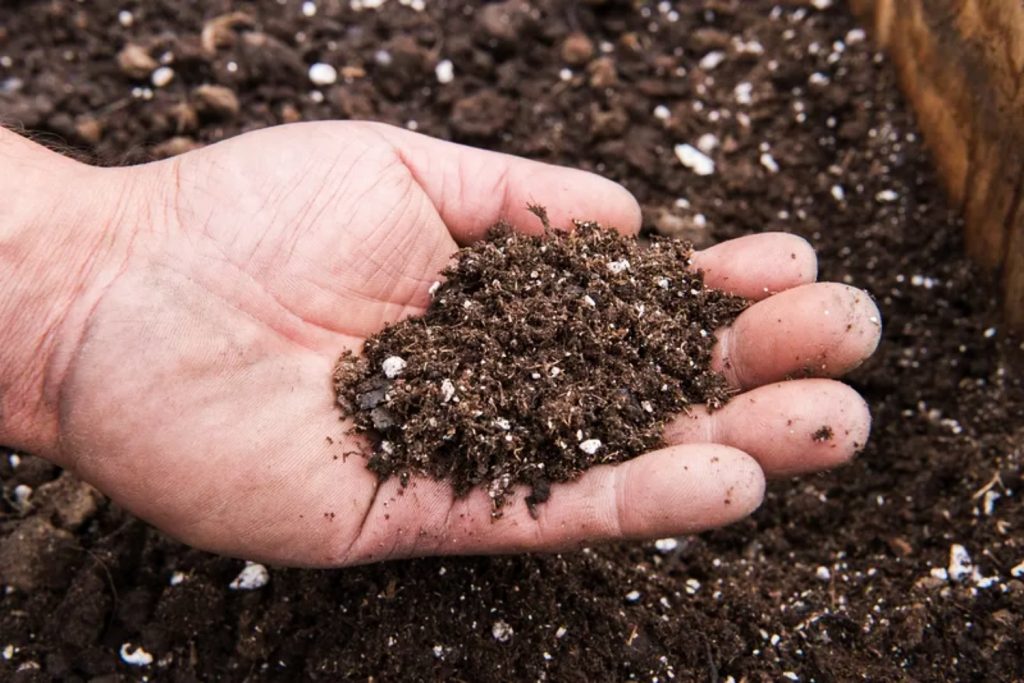
Rotate your crops
Different plants rely on different nutrients. Some plants, like beets, are light feeders. They take very few minerals out of the soil after harvest. But others, like cauliflower, rely on copious amounts of nutrients to produce. Be sure to rotate your crops annually to help replenish lost minerals. This will give you a greater rate of success with your garden over time.
Should you try the Ruth Stout method in your garden?
Only you can determine if the Ruth Stout method will work for your garden. However, all in all, the Ruth Stout method offers gardeners a higher rate of success compared to traditional organic gardening methods, all while requiring significantly less work.
If you’re tired of struggling to produce organic crops, give the Ruth Stout method a shot. You might just be surprised at how well it works! To learn more about Ruth Stout and her fascinating insights into the world of gardening, check out her books.
